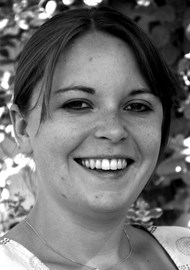The authors present a retrospective review of a cohort of patients diagnosed with fourth cranial nerve palsy with more than six months follow-up, over a 10-year period at a single centre. Thirty-five patients were included in the study, and spilt into two groups dependent on whether they had completely recovered or not completely recovered and the characteristics of the two groups compared. The authors report the group that completely recovered were more commonly an ischaemic aetiology. Those that did not completely recovery were more commonly a traumatic aetiology, with a larger superior oblique under action and degree of excyclotorsion, and subjective cyclotorsion. Progressive aetiology such as intracranial tumours were less likely to completely recover. Characteristics which did not significantly differ included size of deviation and the size of the inferior oblique overaction. The findings of this study highlight that the features which most likely predict prognosis of a fourth nerve palsy are the size of excyclotorsion and under action of the paretic superior oblique and aetiology. The findings of this study support the existing literature in this area. These factors should be taken into account when discussing prognosis with individual diagnosed with a fourth nerve palsy.
Prognosis prediction using clinical findings for fourth nerve palsies
Reviewed by Lauren Hepworth
Clinical characteristics for predicting recovery of acquired fourth cranial nerve palsy.
CONTRIBUTOR
Lauren R Hepworth
University of Liverpool; Honorary Stroke Specialist Clinical Orthoptist, Northern Care Alliance NHS Foundation Trust; St Helen’s and Knowsley NHS Foundation Trust, UK.
View Full Profile



